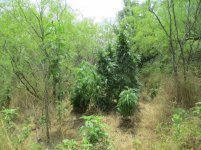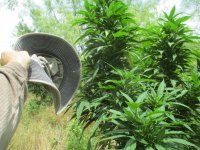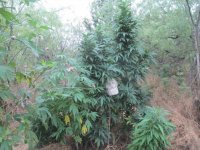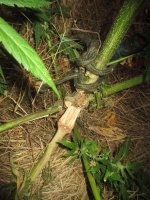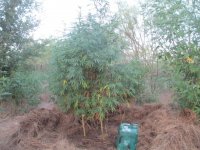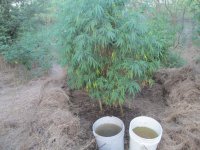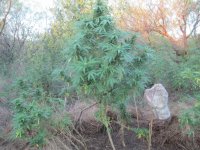I see more than a strong correlation between early plants and low mold resistance. I'm about ready to give up on really early indoors, and have already stopped using them outdoors.
I know other people must of noticed this, it's like I can call it from the catalogue. I suspect there is a very early male being used in breeding circles, that offers the trade off of low resistance.
Is there something I should know about?
I know other people must of noticed this, it's like I can call it from the catalogue. I suspect there is a very early male being used in breeding circles, that offers the trade off of low resistance.
Is there something I should know about?

